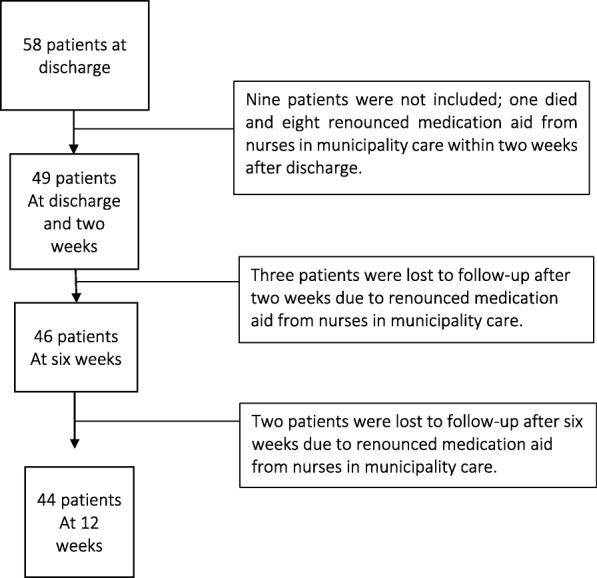Pain treatment put up orthopaedic care in the elderly is tough and requires cautious follow-up. Current pointers state all patients prescribed opioids should have a plan for gradual low cost, with the treatment progressively decreased and ended if any pain stays after larger than three months.
How this works in primary care stays to be explored.The objective was to clarify pain treatment and its follow-up in primary care of elderly patients after orthopaedic care.In this descriptive study, medical case histories had been collected for patients ≥ 75 years, which had been enrolled at two rural primary care gadgets in southern Sweden, and had been discharged from orthopaedic care.
Pain treatment follow-up plans had been well-known, in addition to current pain treatment at discharge in addition to 2, six and twelve weeks later.We included an entire of 49 community-dwelling patients with treatment assist from nurses in municipality care and nursing dwelling residents, ≥ 75 years, discharged from orthopaedic care.
The proportion of patients prescribed paracetamol elevated from 28/49 (57%) earlier to admission, to 38/44 (82%) after 12 weeks. The proportion of patients prescribed opioids elevated from 5/49 (10%) to 18/44 (41%). Primary care pain treatment follow-up plans had been well-known for 16/49 patients (33%).Many patients nonetheless used pain treatment 12 weeks after discharge, and follow-up plans had been pretty uncommon, which may mirror upon lacking follow-up of these patients in primary care.

Role of peripheral nerve block in pain administration for the administration of acute traumatic orthopaedic accidents in the emergency division: Diagnosis-based treatment pointers.
Trauma stays one of crucial points that the worldwide healthcare system faces as we communicate. In the United States it stays the primary set off of dying for youthful and middle-aged patients, and its monetary burden in direct value and loss of productiveness is tremendous.
Additionally, the issue of acute pain administration in orthopaedic trauma stays substantial, and the over-reliance on opioid medicines has resulted in unintended acute and persistent issues and points. Alternative pain administration strategies, akin to peripheral nerve block (PNB), have the potential to decrease healthcare value, opioid consumption, and completely different opioid-related issues.
The goal of this analysis is to summarize the current state of pain administration and opioid use in acute orthopaedic harm and current an understanding of the operate of PNB to boost pain administration. Finally, this analysis provides a particular diagnosis-based treatment guideline for the use of PNB in acute orthopaedic harm.
